Leguminosae-pap.
Platysepalum chevalieri
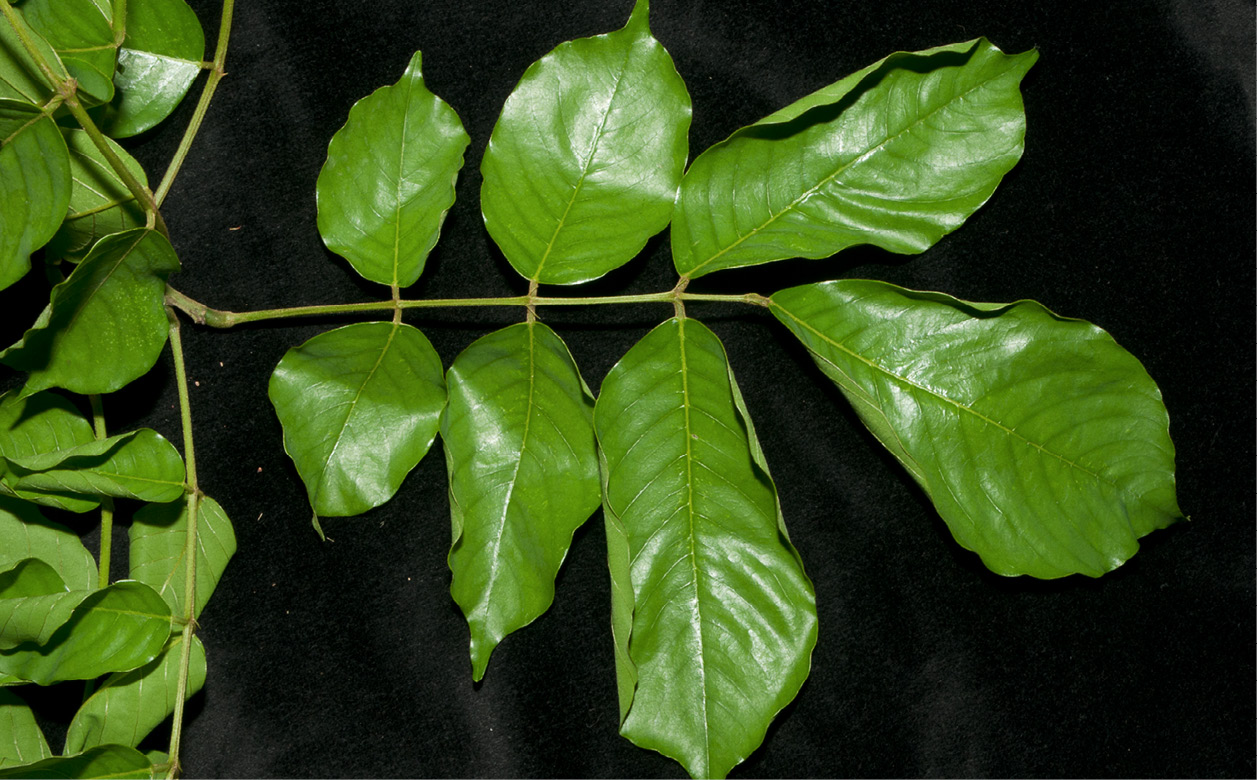
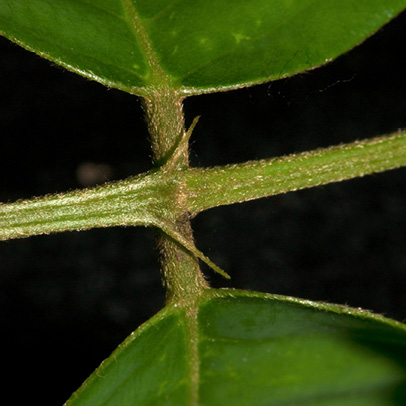
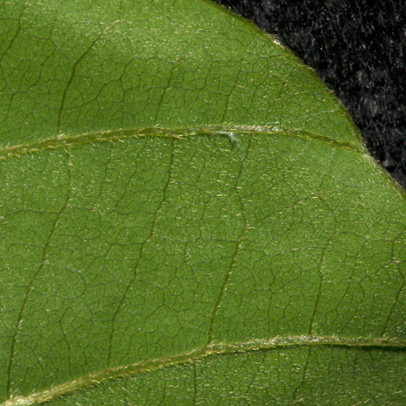
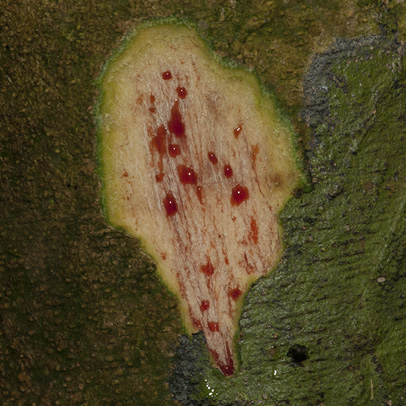
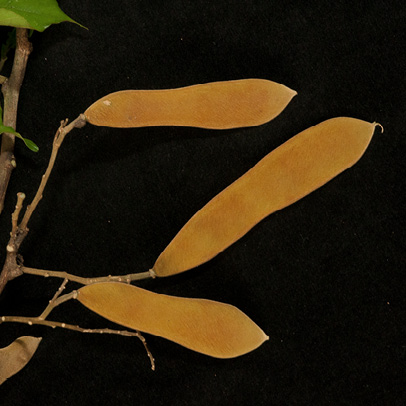
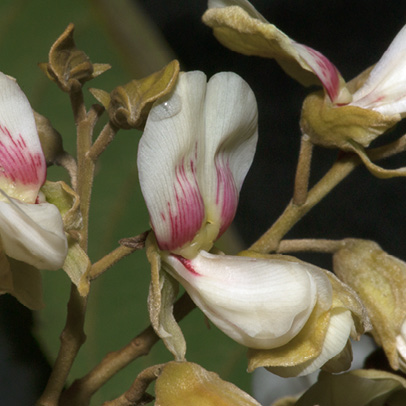
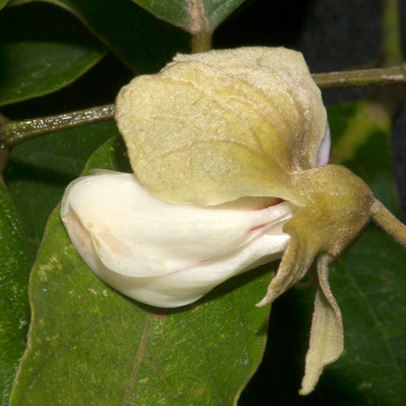
- Stipels on leaf rachis at base of petiolules..
- Margin of leaflet.
- Leaf, upper surface.
- Fruit.
- Flowers.
- Flowers.
- Lateral view of flower showing enlarged calyx lobe.
General Information
This tree looks like a species of Millettia, except for its strange calyx that has a dorsal lobe which is slightly longer than – and remains covering – the back of the dorsal or standard petal, but which allows the inside of the petal with its subtle markings to be displayed. It is this unusual calyx that gives rise to the name of the genus. The tree can reach a diameter of 40 cm but it is generally smaller. The slash is whitish and slightly fibrous with dots of red latex. The veins reach the edge of the leaflets in a similar manner to the venation of some Bridelia species. In addition to stipules at the base of the leaf this species has narrow stipels at the base of the leaflets on the rachis that forms the central axis of the pinnate leaf.
Ecology
This species has a wide ecological tolerance, occurring from seasonally flooded areas to terra firma forest; however it appears to prefer sites with full sunlight and is commonest in disturbed areas.
Distribution
Distribution: Cameroon to DRC.
